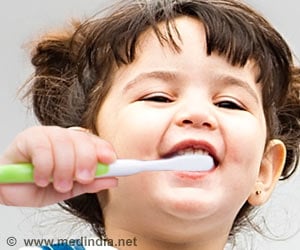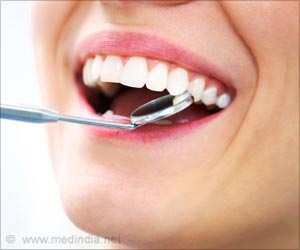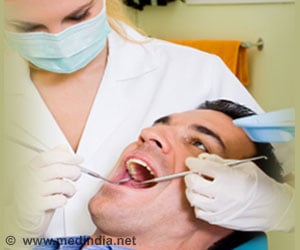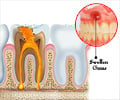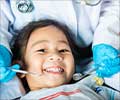Tooth decay is the destruction of your tooth enamel, the hard, outer layer of your teeth. It can be a problem for children, teens and adults.

‘Tooth decay is the result of an infection with certain types of bacteria that use sugars in food to make acids. Aggressive preventive measures and conservative restorations can dramatically reduce decay.’





"We put the 2012 UCSF clinical study into the real world and showed it works," said lead author Peter Rechmann, DMD, PhD, professor of preventive and restorative dental sciences in the UCSF School of Dentistry. "The patients at high caries risk who used prescription products went down significantly over time in their risk level. Those in the control group also reduced their risk to a lesser degree, simply by using over-the-counter products that also protect teeth and affect the bacteria." Dental caries (tooth decay) is caused by bacteria on the tooth surface feeding on carbohydrates, then making acids as waste. These acids destroy the protective tooth enamel and the dentin layer beneath it. If not halted or reversed, this leads to a cavity.
CAries Management By Risk Assessment (CAMBRA?) is an evidence-based approach to preventing or treating dental caries at its earliest stages. It was launched in 2003 through the UCSF School of Dentistry by the paper's senior author, John Featherstone, PhD, MSc, former dean of the school and distinguished professor of preventive and restorative dental sciences.
A dentist who uses CAMBRA obtains the patient's dental and medical history and conducts a clinical exam to assess caries early enough to reverse or halt progression and to determine caries risk factors. These factors include, among other things, acid-producing bacteria, frequent eating and drinking of fermentable carbohydrates ("snacking"), and abnormally low saliva flow and function.
From this assessment, the dentist utilizes behavioral approaches and chemical treatments to optimize protective factors. The treatment plan typically incorporates remineralization through the use of fluoride and/or antibacterial therapies such as chlorhexidine and xylitol, minimally invasive restorative procedures to conserve tooth structure, and regular patient follow up.
Advertisement
Treatment Effective Even Without Prescription Products
Advertisement
In the CAMBRA group, high-risk patients received prescription fluoride toothpaste, chlorhexidine antibacterial rinse, xylitol mints and fluoride varnish. The control group received regular fluoride toothpaste, an assumed inactive mouth rinse, sorbitol candies and a non-fluoride varnish.
Follow-up visits occurred at six, 12, 18 and 24 months, in which new caries lesions or changes in caries risk level were recorded. Overall, the researchers found that a significantly greater percentage of high-risk participants were classified at lower risk after receiving CAMBRA preventive therapies. Dental decay was low in both groups.
Among 242 patients (137 intervention, 105 control) initially identified as high risk for caries, only a quarter of the patients remained at high risk in the CAMBRA group at 24 months, while just over half (54 percent) of the control group did. Of the 192 low-risk participants (93 intervention, 99 control), most participants remained low risk, indicating that the assessment correctly identifies who is at risk for caries.
The researchers said the risk reduction among the control group may have been caused by the fluoride toothpaste enhancing tooth repair, as well as the mouth rinse enhancing saliva flow and having bactericidal effects. While not as significant as the CAMBRA group in this study, the risk level of these patients dropped more dramatically over time than for those in the 2012 UCSF CAMBRA study.
"It was surprising to see the benefits gained by the control group," Rechmann said. "More research is needed to see if the products and treatment administered to this group function in the way we speculate, and if so, they might be made easily available to dental patients. Doing so can change the whole picture of caries control."
Among the study limitations, the researchers noted a high study attrition (65 percent), which partly may have contributed to observed declines in risk level at each subsequent recall visit.
Source-Eurekalert

